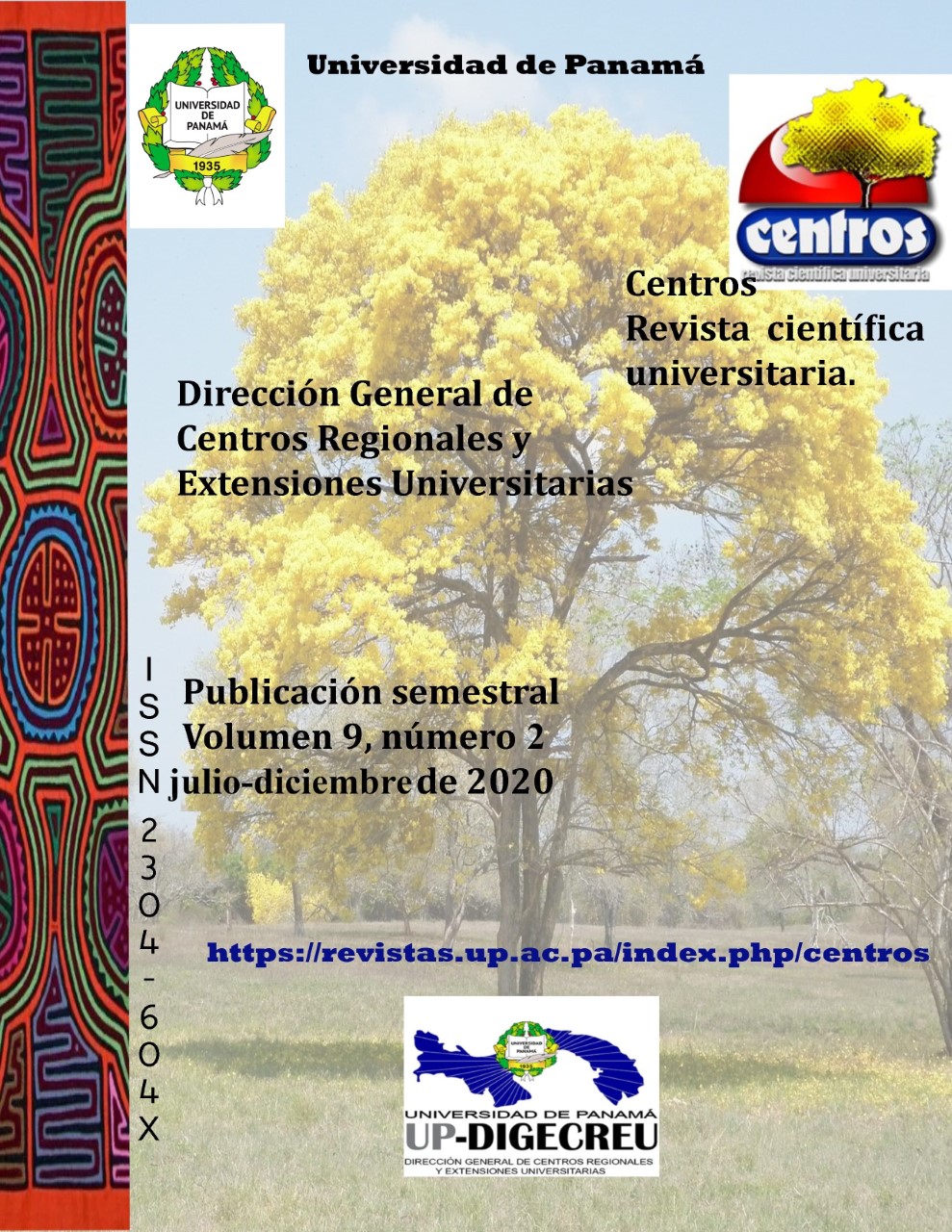

The Colon Free Zone is a critical component of the logistics system and the economy of Panama, and serves as a platform for the redistribution of goods at a regional level. Due to the COVID-19 pandemic originated in China, supply chains have suffered disruptions due to the closure of factories at supply sources in Asia, North America, and Europe. This situation has affected the flow of goods to the free zone, together with the contraction in demand from the regional markets of Central America, South America and the Caribbean, which suggests examining the current operating model in order to identify the necessary adjustments to the new market dynamics. The study is descriptive, non-experimental, and longitudinal, examining the behavior of the recent and historical trade movement. The results show a decrease of 40.2% in the annual value of transactions between 2012 to 2019, and 40.9% in the first quarter of 2020. Given the deterioration of the commercial activity, a new model of nearby supply (near-sourcing) is proposed complemented by changes in regulations, institutions and processes under a strong technological component, digitalization and commercial flexibility, with the objective of modernizing the Colon Free Zone, expanding its commercial activity and enhancing competitiveness.